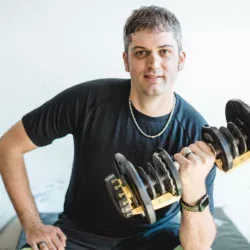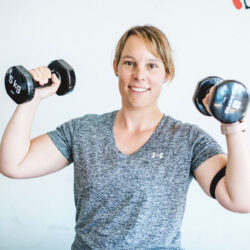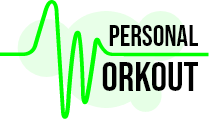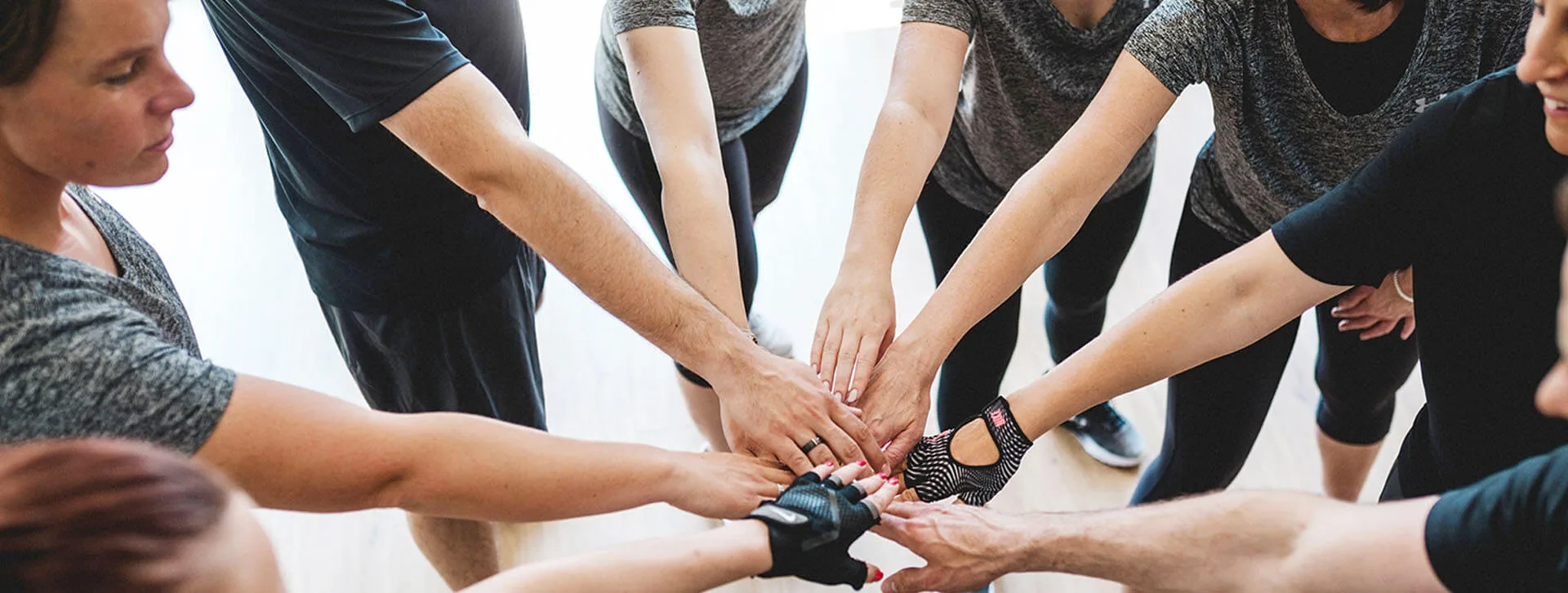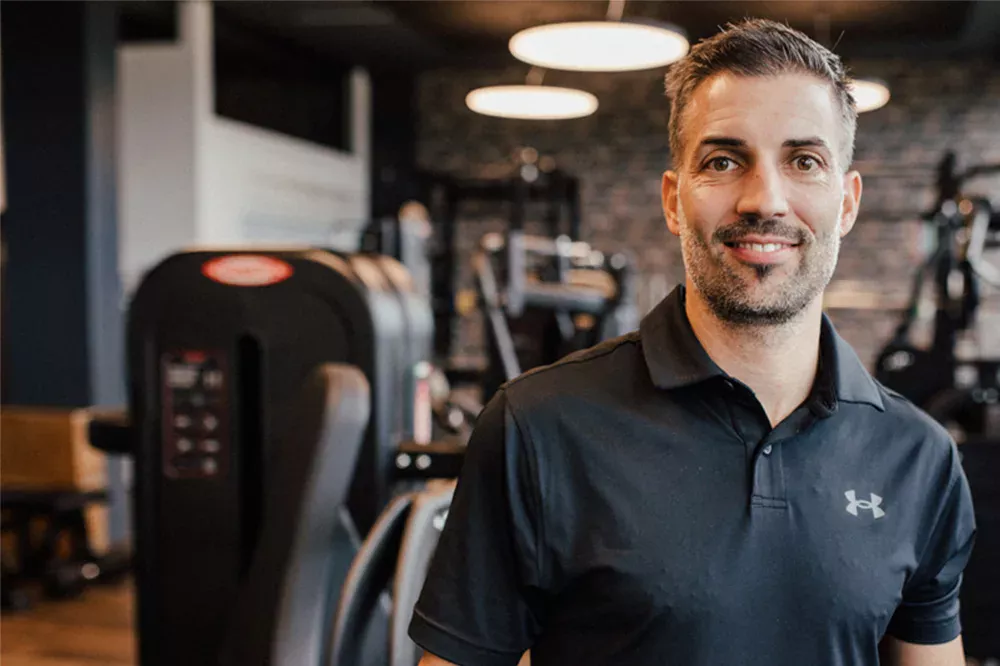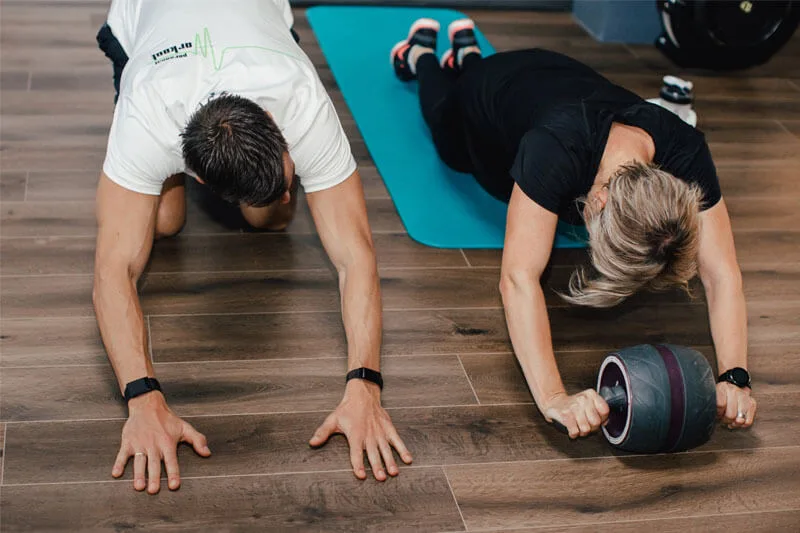Warmup –
why and how you should do it
Warming up before a workout is crucial, everyone knows that, but let’s not fool ourselves: how many of you warm up before your workout and for how long? Warming up can be really boring if you don’t understand the real importance of it and how to do it.
Why spend time on warm-up?
We arrive at the gym (maybe late), change our shoes and go straight under the barbell to perform 60% of our 1-RM Squat. But are we sure that the body was ready to exert the effort required to perform that movement with that load?
The warm-up is mainly for:
- Make the body perform better in that training session;
- Try to reduce the incidence of injury as much as possible;
- Learn the technique of the movements;
- Reduce/eliminate weak and painful points during a movement;
- Mental preparation.
Personalworkout has its own precise and logical warm-up method inspired by Dr. John Rusin, Pain-Free Performance Specialist.
The six phases of the warm-up
Given the various functions of the warm-up, we divide the session into six phases, i.e. six exercises with different purposes.
More precisely:
Phase 1 – Self Myofascial Release
Initially, the use of the Foam Roller (FR) was referred to as Myofascial Release, i.e. removing knots from the muscles. Today, the subject is somewhat controversial, especially whether its use really stimulates the Fascia or simply the Nervous System; what is certain is that FR allows you to:
- Release muscle tension
- Lymphatic drainage
- Increase blood flow in muscle areas
- Feel physically ready, thanks to the effect that self-massage gives
- Used post-workout or on rest days to reduce DOMS.
Phase 2 – Bi-Phasic Positional Stretching
Momentarily increasing the Range of Motion of a joint and exploring all planes of motion of a limb before loading it is an important step in taking care of your joints. A good method is to alternate dynamic and static movements.
Important points:
- Do not perform it until you feel pain
- Focus on the muscle you want to stretch, avoiding compensations
- Use deep diaphragmatic breathing.
Phase 3 – Corrective Based Movement
„The only reason to ever implement a corrective exercise into programming is so you’ll never have to do them again.“
Dr. John Rusin
Corrective exercise is helpful to enhance Motor Control. We want our movements to be as correct as possible, but be careful not to get too obsessed with achieving perfection in movement, and risk not training with adequate loads.
Phase 4 – Stability Based Activation
Improving the stability of the joints involved in a given movement, especially focusing on the stabilizers, allows us to express greater strength later on. With phase 4 we want to ‚activate‘ and not ‚fatigue‘ as we often do. The use of elastic bands and glutes bands can do the job.
Phase 5 – Foundational Pattern Development
If you need to train the Bench Press…warm up by doing Bench Press!
Since warming up also requires some use of energy and especially time, it is essential to focus on the main movement we are going to perform in that session.
This is the time when we can perform the exercises with greater focus, emphasizing eccentrics and including pauses.
Phase 6 – Central Nervous System Stimulation
If in phase 2 we concentrated more on the parasympathetic system, we will now go in the opposite direction, stimulating the Central Nervous System through the use of fast, overloaded movements.
A well-known method is Post Activation Potentiation, which through the execution of a conditioning exercise (such as the Squat) we can achieve a short-term improvement in a biomechanically similar movement (Jump).
Example of Warm-up for Bench Press
- Phase 1: SMR of the pectoralis (concentrating on the area near the front of the shoulder, where the bundles of the major and the minor pectoralis muscles are tightened);
- Phase 2: Stretching of the pectoralis to the wall or with the use of an elastic band;
- Phase 3: Dynamic stretching movements and use of the pectoral muscles;
- Phase 4: Activation of the antagonists and posterior musculature, scapular retraction etc.;
- Phase 5: Bench pressing;
- Phase 6: Jumping Jacks + Medicine Ball Presses.
Conclusions
With this article we wanted to illustrate the 6 pillars for planning a good warm-up.
The time to dedicate to it can vary and depends on several factors, such as how much time you can devote to the entire session, your physical condition, presence of injuries, temperature of the environment and mental energy.
Personalworkout offers its athletes and clients a database with all warm-up exercises divided and sorted by body district.
And you, how much time do you spend on your warmup?
SOURCES
- https://www.ncbi.nlm.nih.gov/pmc/articles/PMC4299735/
- https://my.clevelandclinic.org/health/articles/9445-diaphragmatic-breathing
- https://www.nasm.org/continuing-education/fitness-specializations/corrective-exercise-specialist/what-is-corrective-exercise
- https://www.scienceforsport.com/post-activation-potentiation/#:~:text=Summary-,Post%2Dactivation%20potentiation%20refers%20to%20a%20short%2Dterm%20improvement%20in,shown%20to%20improve%20subsequent%20performances.
Challenge of the Month
What Clients Say

